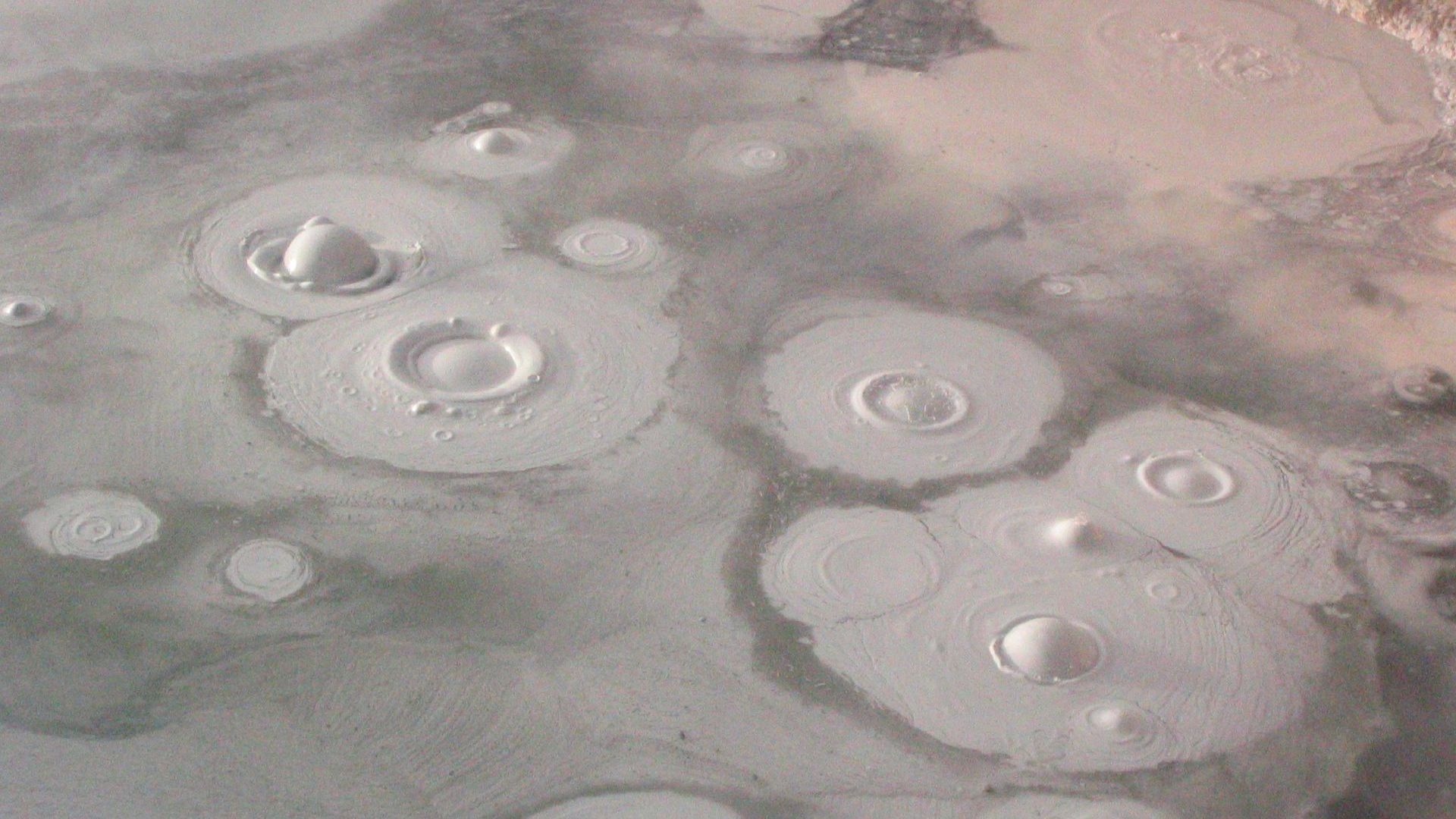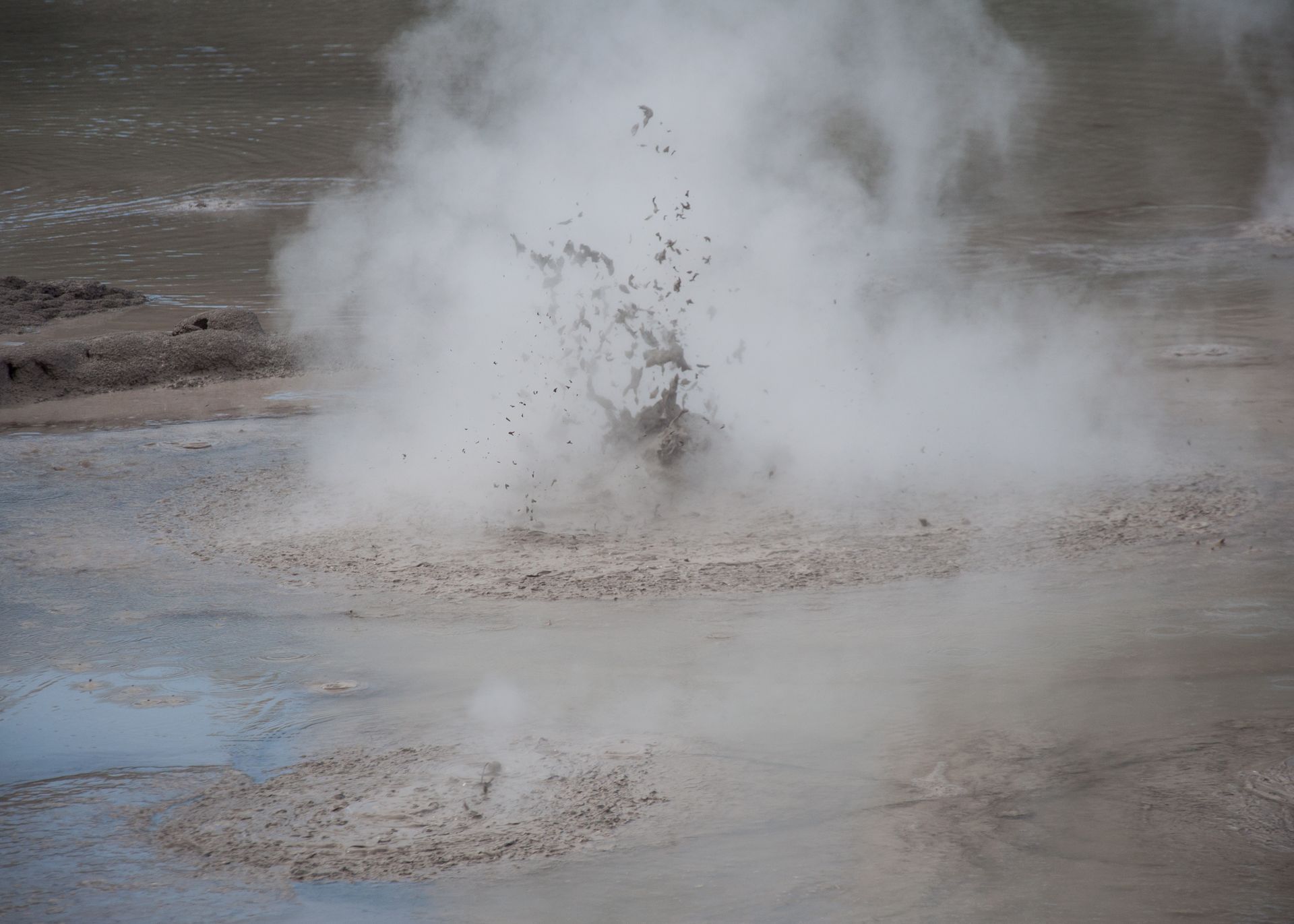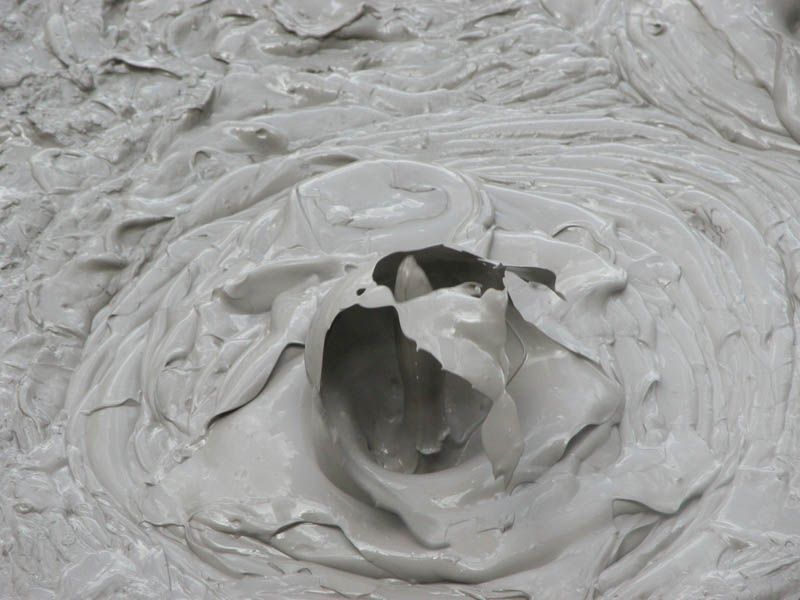
I’m a product of conservative homeschool culture. Not fundamentalist culture—for anyone out there that’s not a part of that subculture: there’s a difference between the two. I was encouraged to go to college, and was never told that having a career wasn’t a perfectly reasonable thing for a woman to do. I loved being homeschooled. For the most part, it meant I did my own thing, did it when I wanted to and the way I wanted to do it. I learned far more that way than I would have in a classroom. When I was in my early teens and twenties, the fashionable method of “Christian dating” among my peers was called courtship, from Joshua Harris’ I Kissed Dating Goodbye. The basic idea is—don’t date unless you’re interested enough and established enough to be considering getting married. When you are ready to get serious, make sure you have parental supervision. Lastly, don’t kiss until your wedding day. The book was a heaven-sent relief to lots of panicked parents whose kids were hitting their teen years. It was popular enough that the college I went to required that you have your father’s permission in order to hold hands with a member of the opposite sex. But it made it more difficult to become comfortable relating to people of the opposite sex. Unless you were in a group you weren’t supposed to hang out with someone who wasn’t of the same gender. It also tended to put more emphasis on process over relational maturity. “Did you follow Joshua Harris’ book?” was a more important question than “did you demonstrate that you knew how to argue, make up, settle differences, play and work together?” Many couples followed the rules and went on to have successful and happy marriages. Others followed it and didn’t. Others, like me, hate it with a hearty passion. I’ve noticed there’s a secular variant on this that sets off my Courtship PTSD. To this day, I can’t help but twitch uncomfortably when a guy who seems interested but hasn’t yet asked me out trots out what I’ve begun to call a “pre-flight checklist”. Half a dozen resume-style questions about where I work, what my future plans are, and if they’re planning to move, a question about whether I’m willing to switch jobs/live in a different area of the country—hypothetically, of course. I know the questions aren't unreasonable. Why start a relationship that may not have a future when just a few questions will tell them if their basic checklist is covered? They just don’t realize there’s a small, homeschooled part of me screaming, “Please don’t ask me to decide if I’m ready for the altar before we’ve even had coffee!” Sometimes I just panic. Sometimes I decide, “when in Rome… if they’re asking long-term questions maybe I should ask mine!” Mine are not resume-style questions. Mine are questions about someone's faith. Not their politics. Not their resume. And in my book the answers are only relevant if you’re thinking about giving me a ring. Any time before that—it’s simply not relevant. The "pre-flight checklist" has just coaxed me into bad process. And I hate that because now old habits trip me up and I start slipping into the trap of seeing the guy as a "prospect" rather than a person. Relationships are about persons. Process matters but the heart of connection comes from the Trinity. We need our dating lives to reflect that.
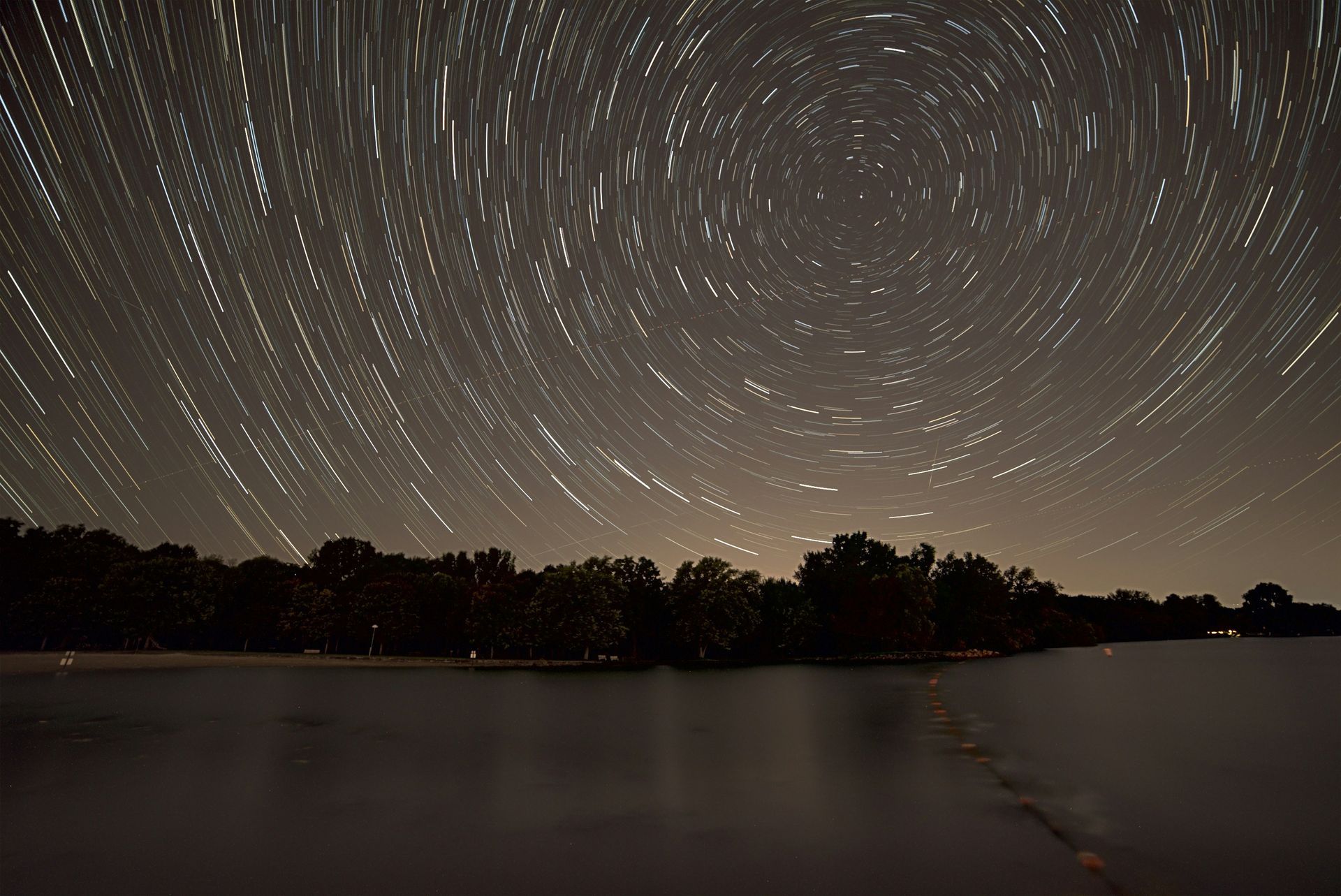
When I started this post, I thought it was going to be about the nature of happiness. Unfortunately, Dante and tea are currently connected in my head and I needed to figure out how. So...here is yet another dispatch on the nature of tea. In the Paradiso, Dante says of his vision of the Trinity: …my gaze more boldness yet assumed Till to the Infinite Good at last had won. In that abyss I saw how love held bound Into one volume all the leaves whose flight Is scattered through the universe around; …That light doth so transform a man’s whole bent That never to another sight or thought Would he surrender, with his own consent; For everything the will has ever sought Is gathered there, and there is every quest Made perfect, which apart from it falls short. …High phantasy lost power and here broke off; Yet, as a wheel moves smoothly, free from jars, My will and my desire were turned by love, The love that that moves the sun and the other stars. [1] What does it mean for God to be “the love that moves the sun and the other stars?” Growing up, my definition of Him was closer to the First Judge, the God of Law and Order who defines what it means to be good and gives shape and meaning to the moral universe. But Dante’s observation seems much more in keeping with the personal God who died for His creation, declared that He wanted son-service not slave-service, and descended to hell to free the damned. For Dante, God’s love transforms and gives a new direction to Dante’s will and desires just as He gives shape and movement to the universe itself. In Medieval cosmogony, the universe consisted of a series of circles, growing ever smaller until you reached the center. The fact that Earth was in the center circle did not negate the fact that it was the smallest circle. This is where tea and Dante intersect. Tea is symbolic of being, and the circular teacup emphasizes its unity and harmony. A small circle is still a circle, with the meaning and symbolism intact. We may not believe in the Medieval idea that the Primum Mobile—the outermost and highest circle of the universe—is moved by the love of God, but we can still learn from the idea itself. Contentment is a state of fullness—a still center from which we move. In this way, tea can become sacramental—filling ourselves with the love of the Heart of the Universe Himself. Dante translation by Dorothy Sayers. Photo courtesy of Good Free Photos and Unsplash.

Teacups don’t stack very well. It’s something I notice every time I unload the dishwasher. It always feels as though they occupy all the available space plus one cup. They are round, wide and fit badly in rectangular cupboards. Very irritating. But their circular character seems appropriate to their nature. As we discussed, a circle is a mandala. It symbolizes wholeness, unity and perfection. Whether it’s a full-blown Japanese tea ceremony or the stereotypical British offer of tea whenever someone is upset, tea symbolizes being, not doing. It’s a moment for slowing down, and existing (for a moment) without reference to your to-do list. Coffee, on the other hand, is a classic symbol of America’s turbocharged version of the Protestant work ethic. If you do not need caffeine in order to get through your day, you are not doing your job well enough. You actually slept enough that you don’t need caffeine to keep you awake? Slacker! You will be cast into the outer darkness where there is weeping and wailing and gnashing of teeth. Coffee definitely symbolizes doing over being. Since I’m coming from a place of near burnout, coffee currently feels like the “enemy,” but if it’s an enemy, it’s one I created for myself. Trying to meet or exceed everyone’s benchmarks plus my own left me nervy, depressed, anxious and living off a diet of skittles and Cheez-its. That’s no one’s idea of the good life! So I’m going back to my basic assumptions. What is the good life? How do I avoid the spiral of adding one habit or project after another until I crash and burn? Focus! Yes, of course. But how do you decide what you focus on? Priorities! Yes, that’s what I’m saying. How do you replace everyone else’s idea of what you should want with your own? Goals! Yup. Trust me. I’ve got them. Lots of them. I snack on self-help literature and get so worked up about reaching the next goal that I don’t stop to acknowledge it when I complete the current one. But are they the right ones? How do you know? What’s the appropriate process? And when, in all this doing, do I actually start living? And how is that defined? And how do you know when to say yes or no without relying on common consensus? This is a familiar mental rant. At this point in the process, I generally stop, take a deep breath and say, “it can’t be this hard.” Actually, now that I’ve read my previous post, it can be. This is part of the process of learning who and what you are—choosing who and what you aren’t.
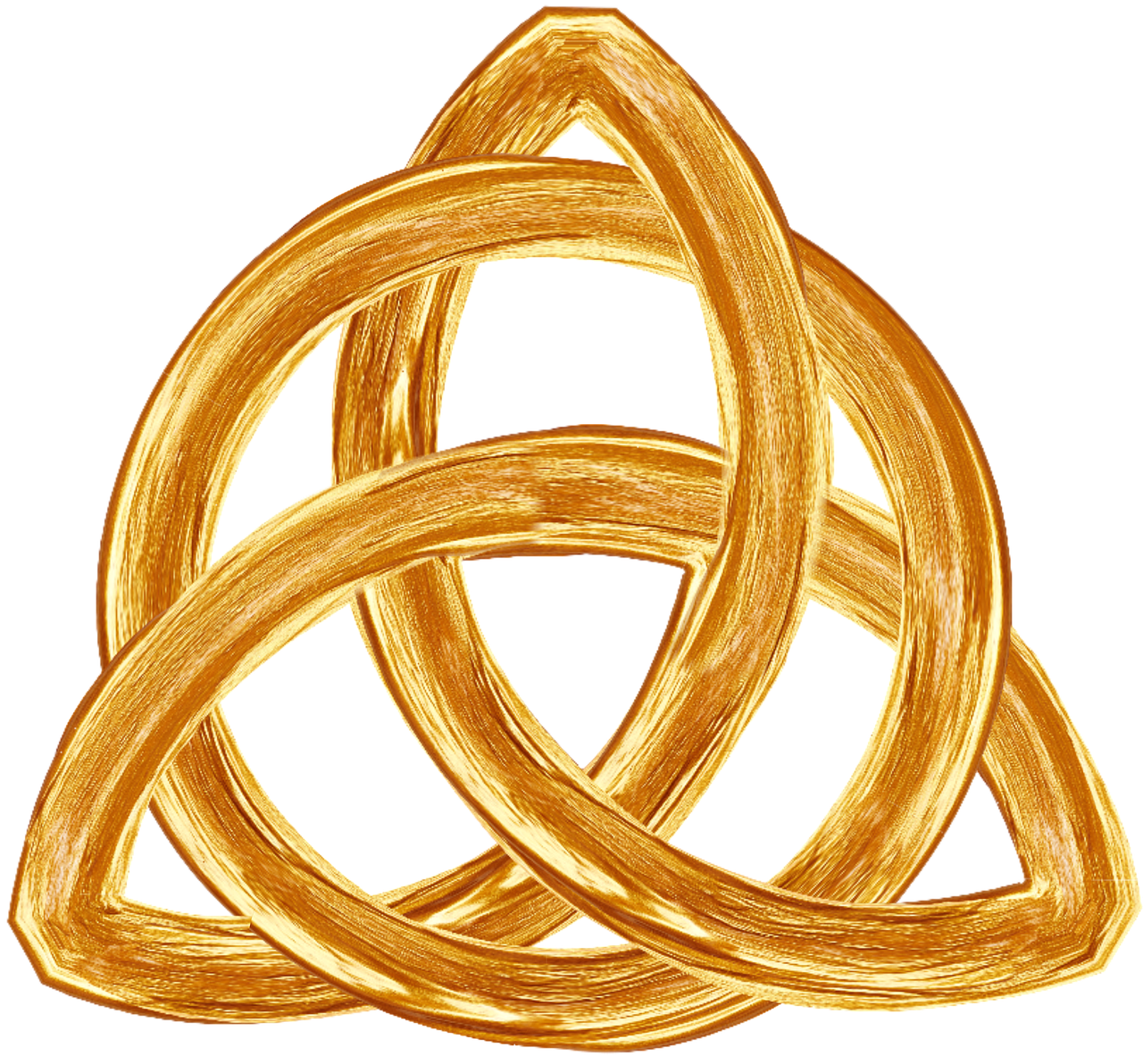
As an Anglican, my life is supposed to be governed by the Church calendar. Christmas follows Advent, Lent follows Epiphany and Holy Week leads up to Easter. In practice, this is hit or miss, but it encourages me to see the world through more than one lense: the sacred becomes a fourth dimension, giving meaning and depth to the mundane. Another way of looking at it is that we live our life in metaphor, our bodies living out the original dance of creation in everyday life. So maybe it’s not surprising that when I look at geometry, I see the philosophy of ideas, and the way our lives often do not reflect our theology. We associate the circle with unity. A perfect circle. Perfect harmony. Perfect oneness. The goal of every idealist, the desire of every romantic, the prayer of every mystic. But the traditional symbols of Christianity are actually built on another symbol: the mandorla. A classic Venn diagram consists of two interlocked circles: a mandorla is the shaded space where the two circles overlap. The almond shaped crest of the medieval church, the gables of many cathedrals, the frame of many a medieval painting, the mandorla is actually an in-between space. It’s the unity of two opposites. And the triniquetra or trinity knot, one of the most familiar symbols of the trinity, is a set of three interconnected mandorlas. Why? What does a mandorla have that a circle does not? A mandorla is a reconciliation. In ordinary life, we see this all the time. Order and chaos, the sacred and the profane, time vs. eternity, male vs. female—the list is practically infinite. Reconciliation requires living in creative tension. As citizens of a liberal democracy, we experience this every election cycle. Living together in a free community requires reconciling the rights of the individual and the rights of the majority, scarce constraints with idealism, and justice with mercy. Perfect solutions are few, chaos is normal, and order is often not justice so much as the least unjust of the available options. It seems a far cry from the beauty and purity and wholeness of the circle. It’s also a place where people grow through everlastingly, painstakingly, infuriatingly, sitting inside an imperfect situation until something imperfect but alive grows out of it. Ahem. As I said--often our theology is better than our practice. The trinity knot says that wholeness and perfection are found through reconciliation. God reconciles us to ourselves, to each other and to him; we practice this reconciliation daily as we struggle to reconcile the various oppositions in our own lives and bring them into a coherent relationship to God Himself: mandorla to circle to mandorla again. Celtic knot image courtesy of Phillip Barrington and Pixibay.
